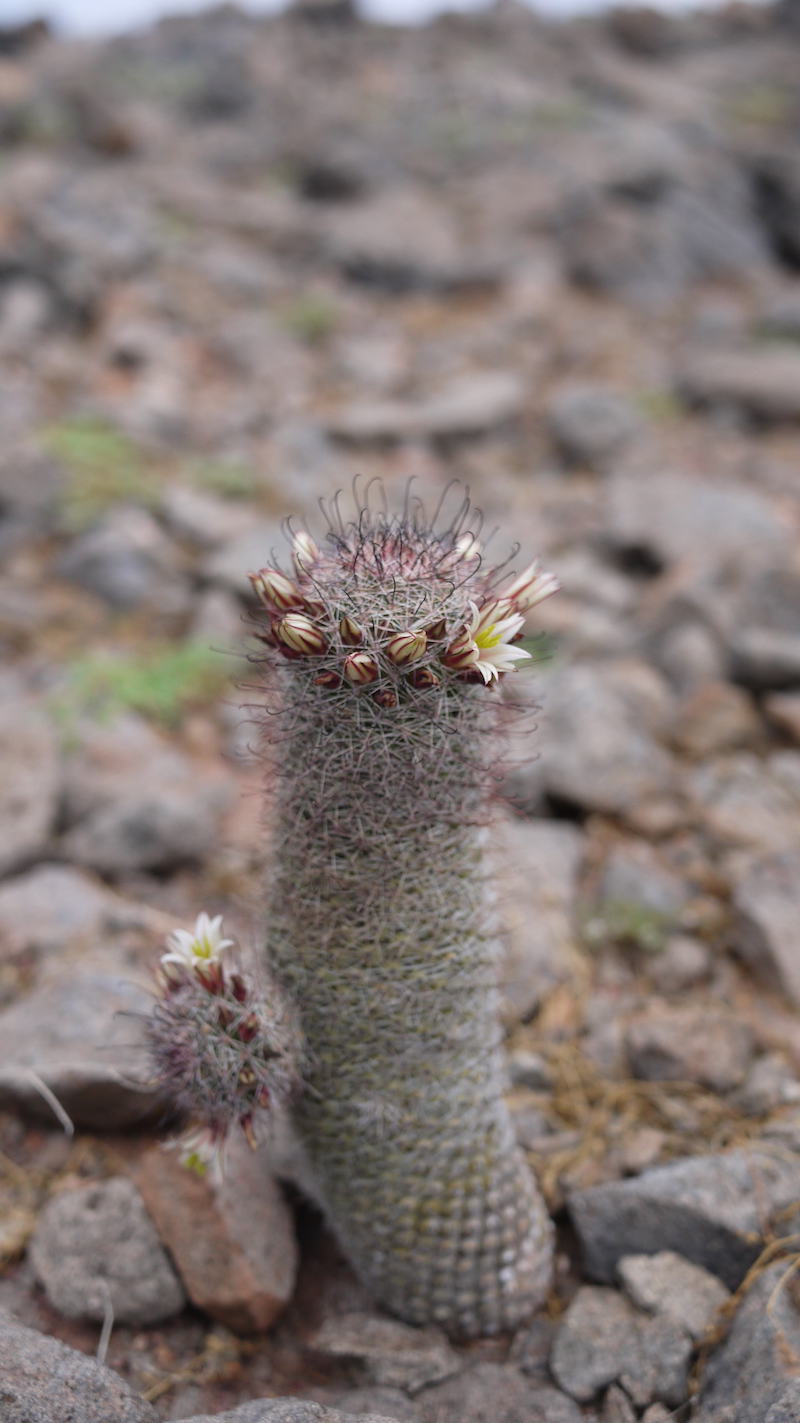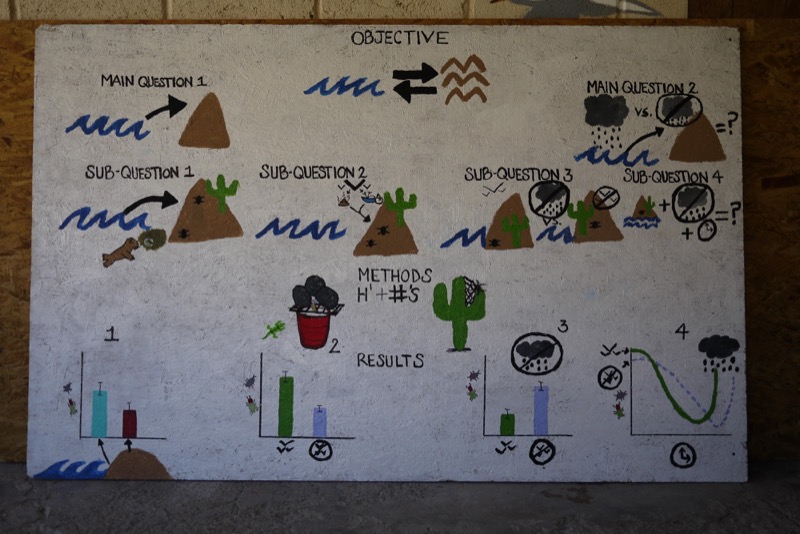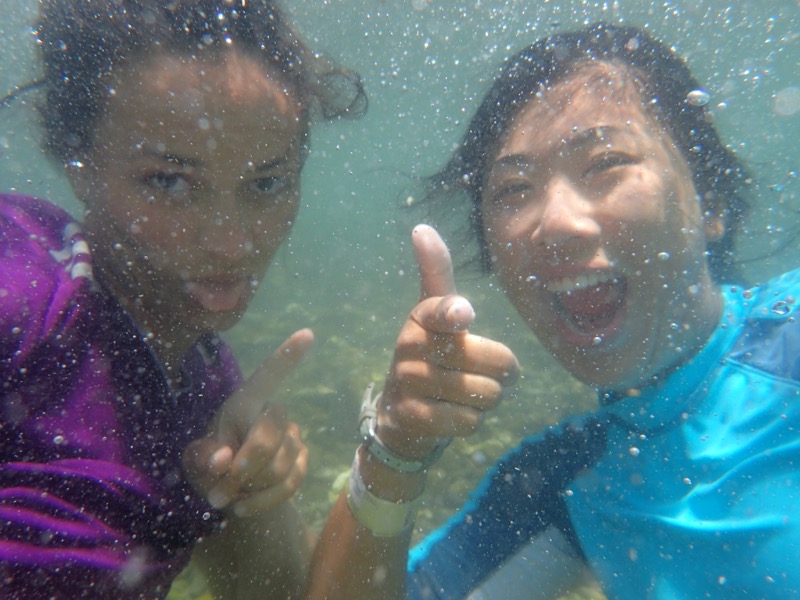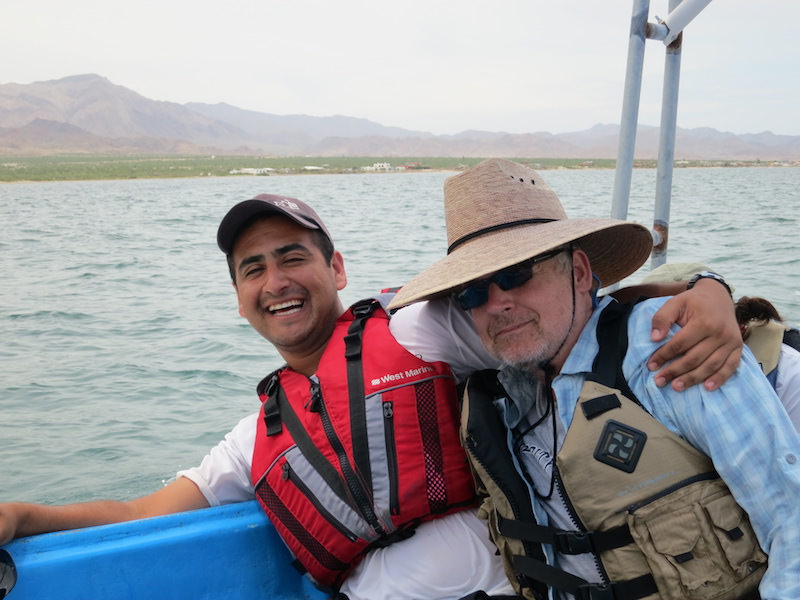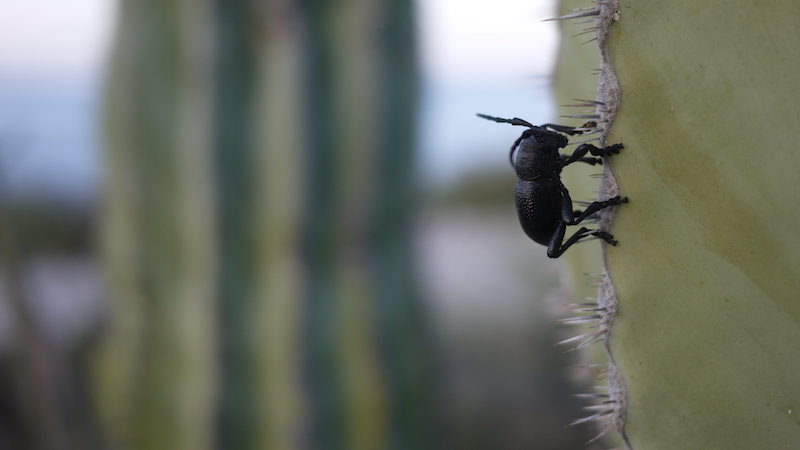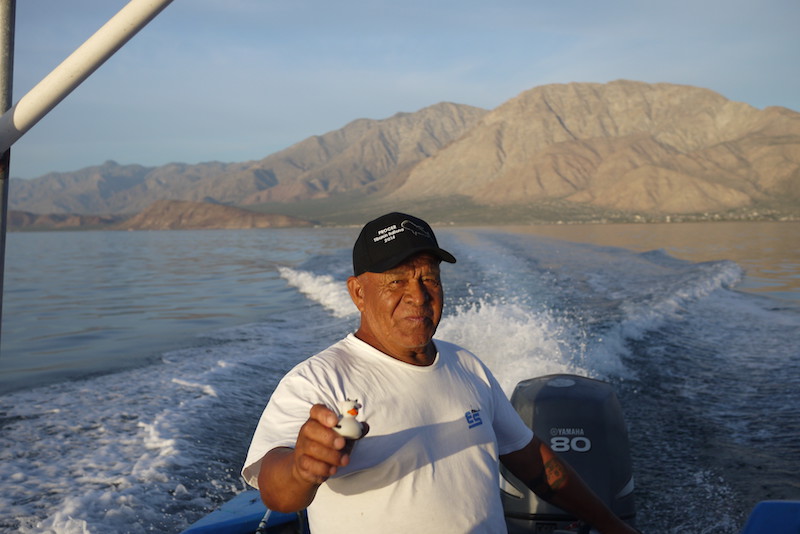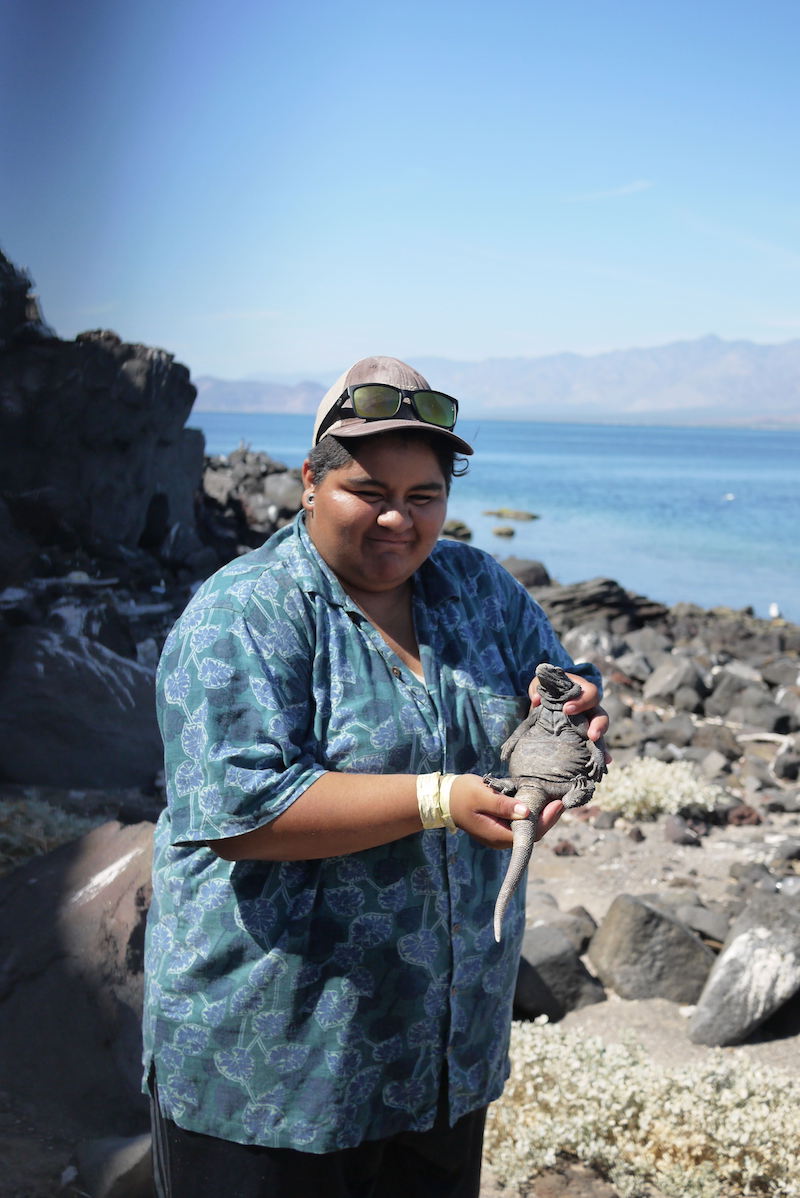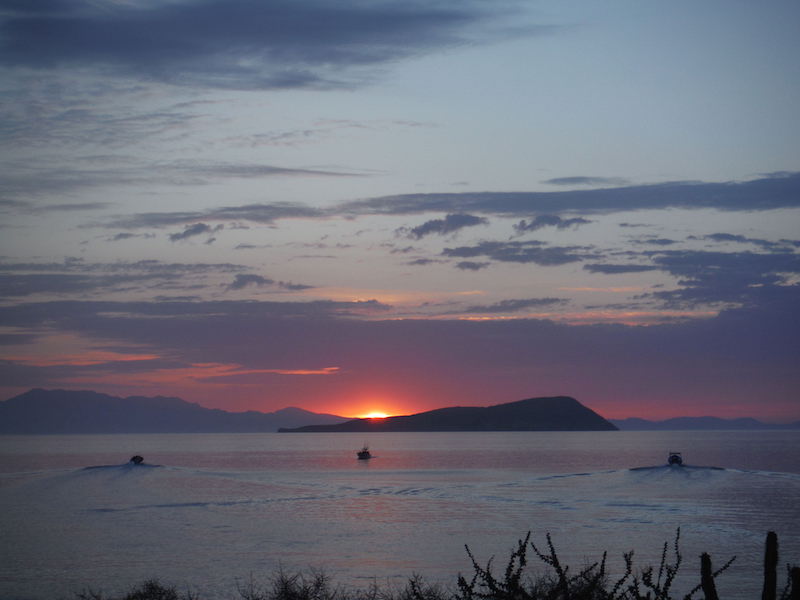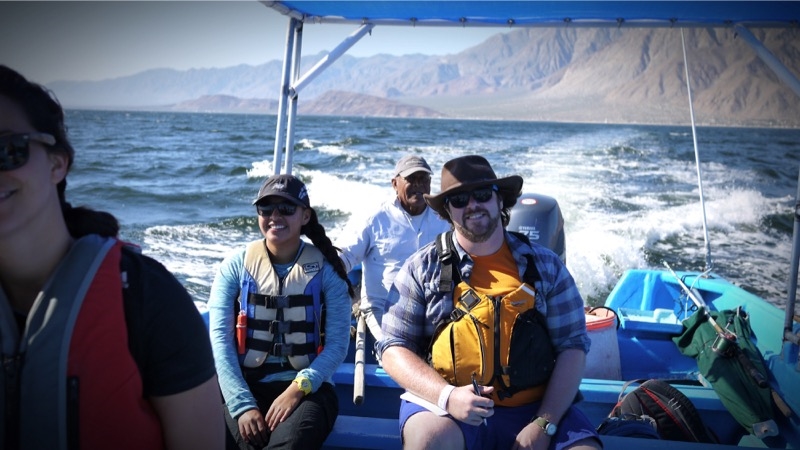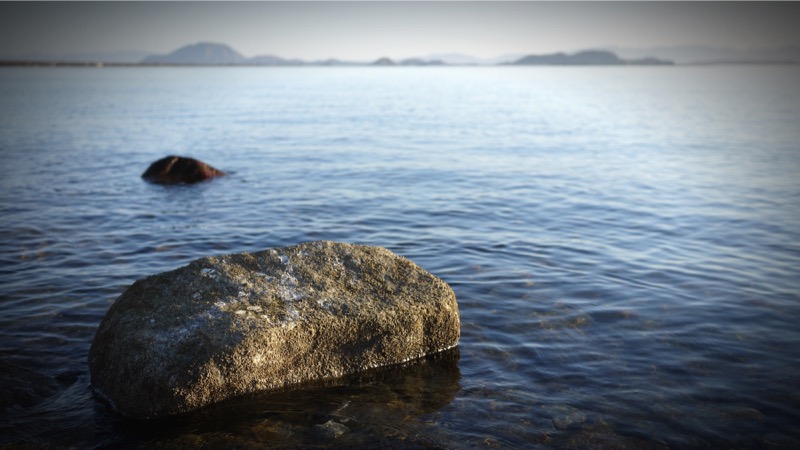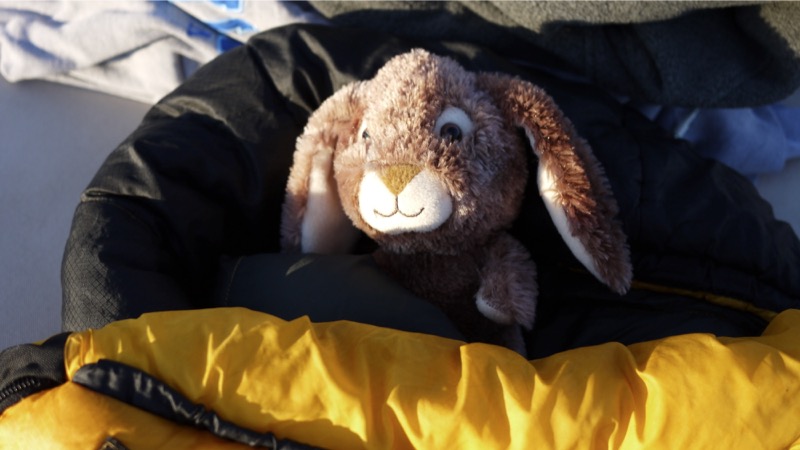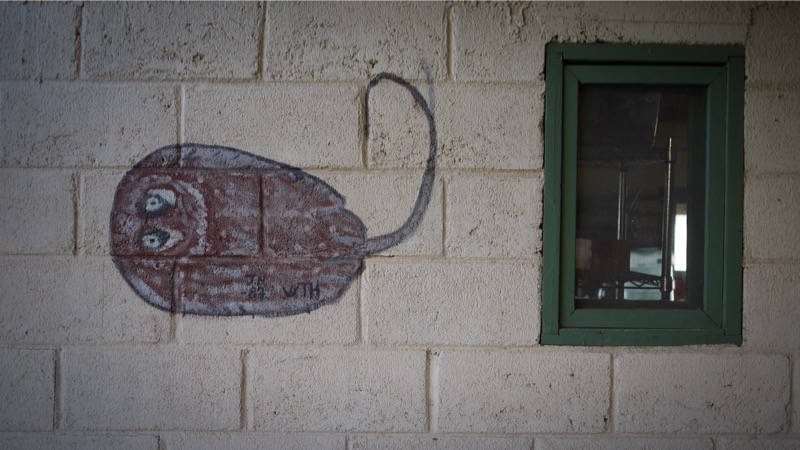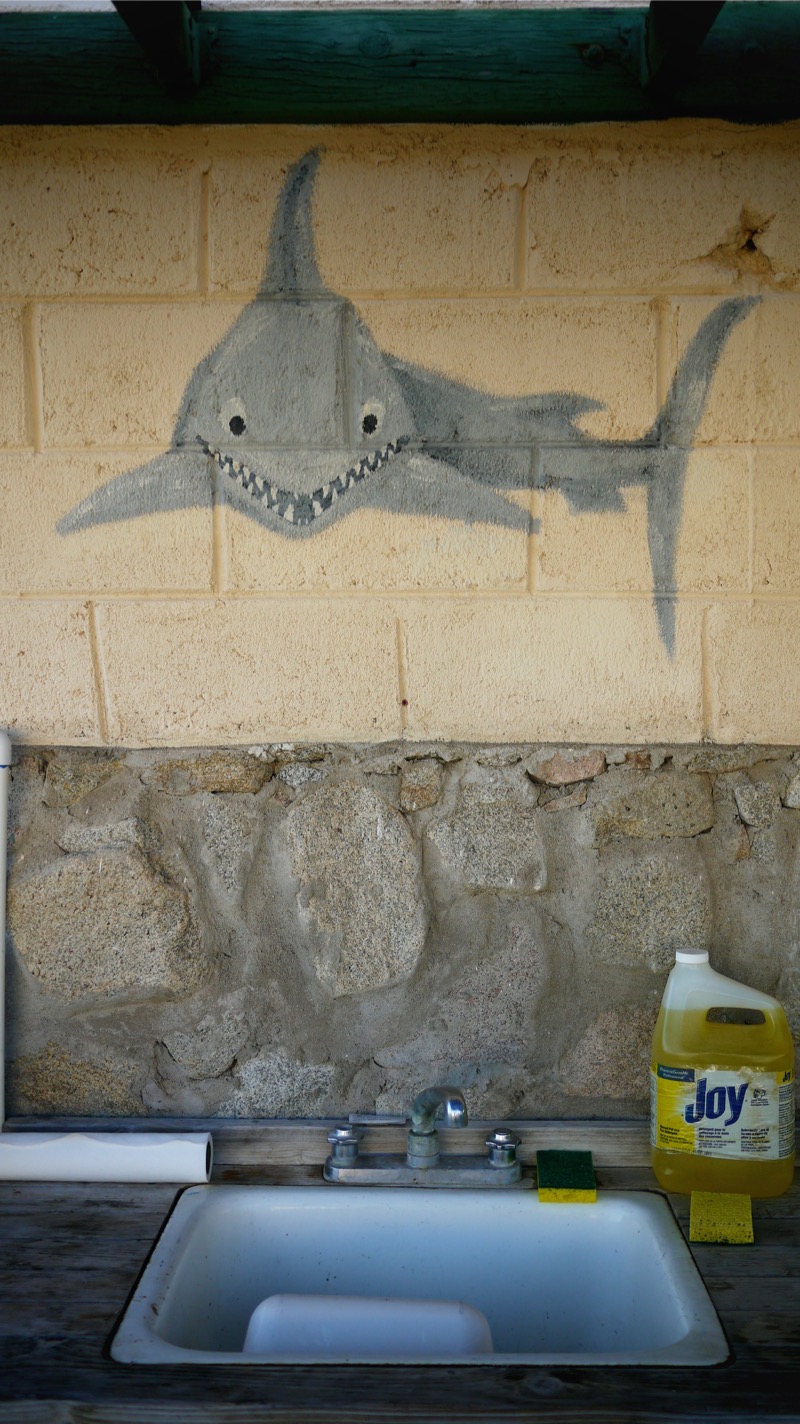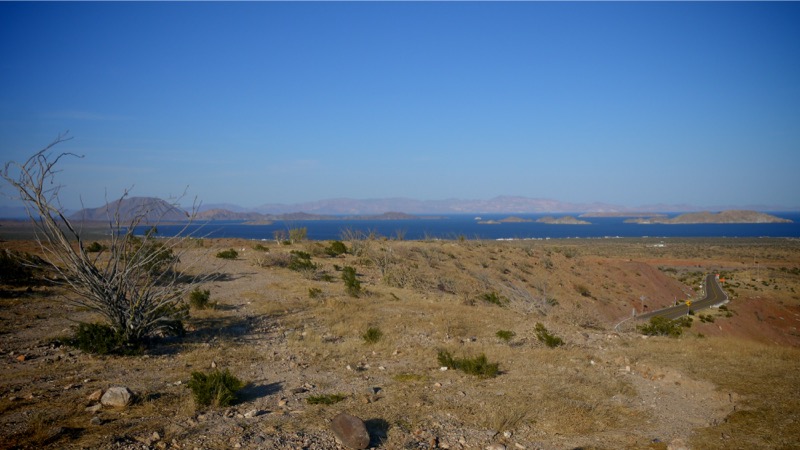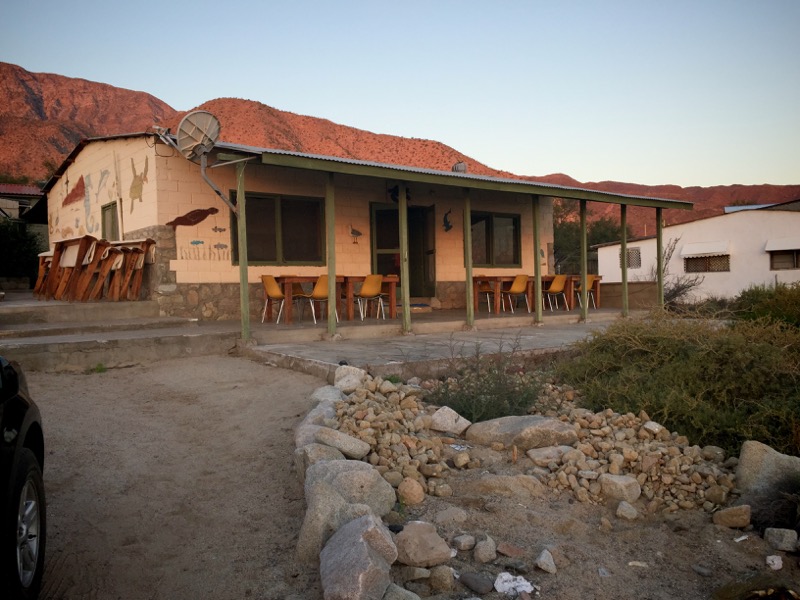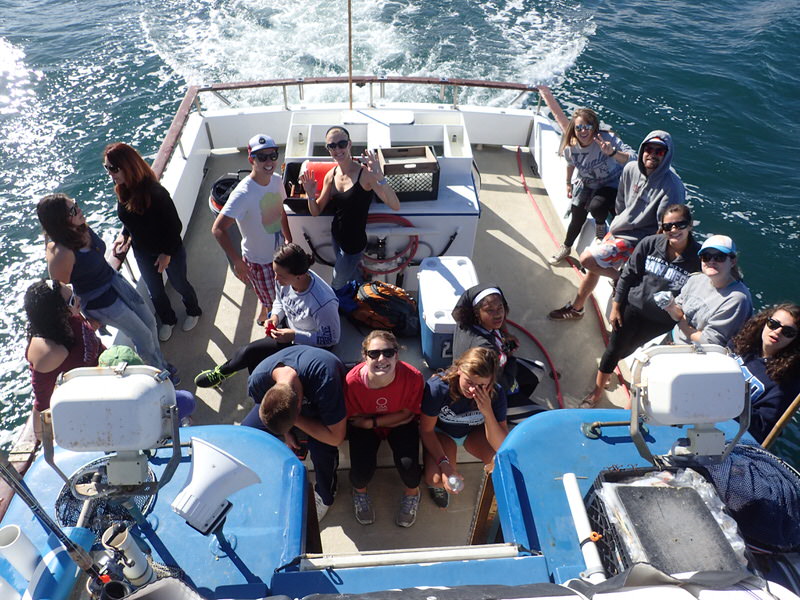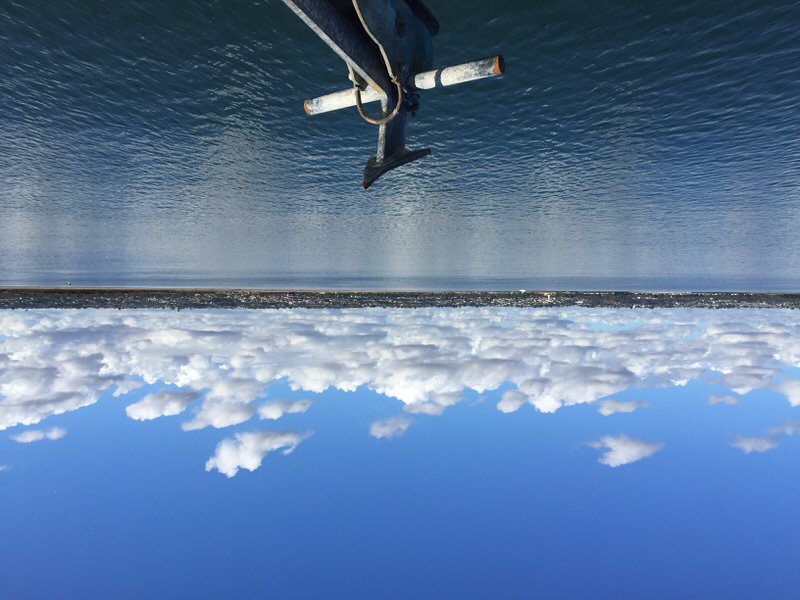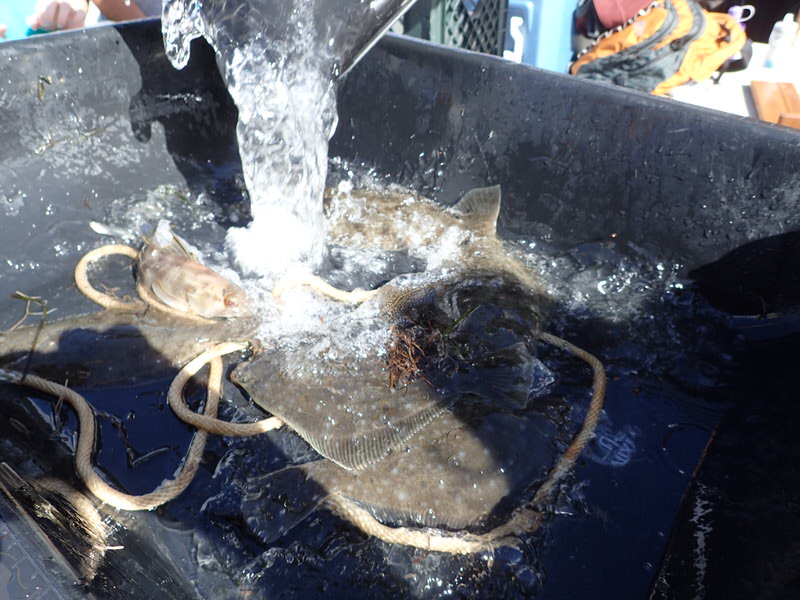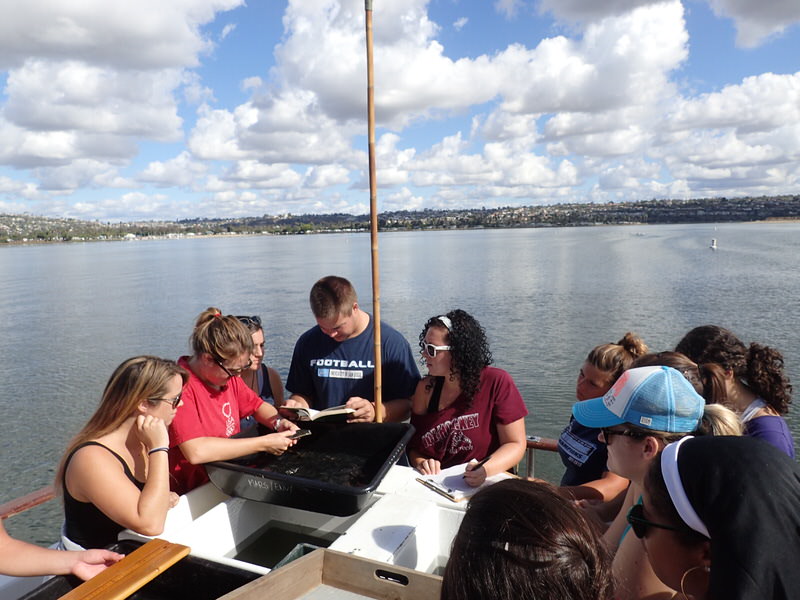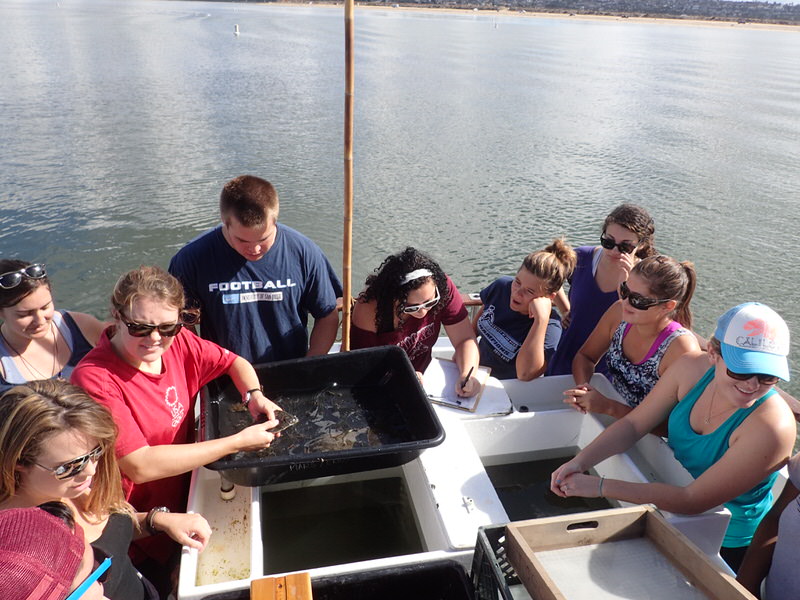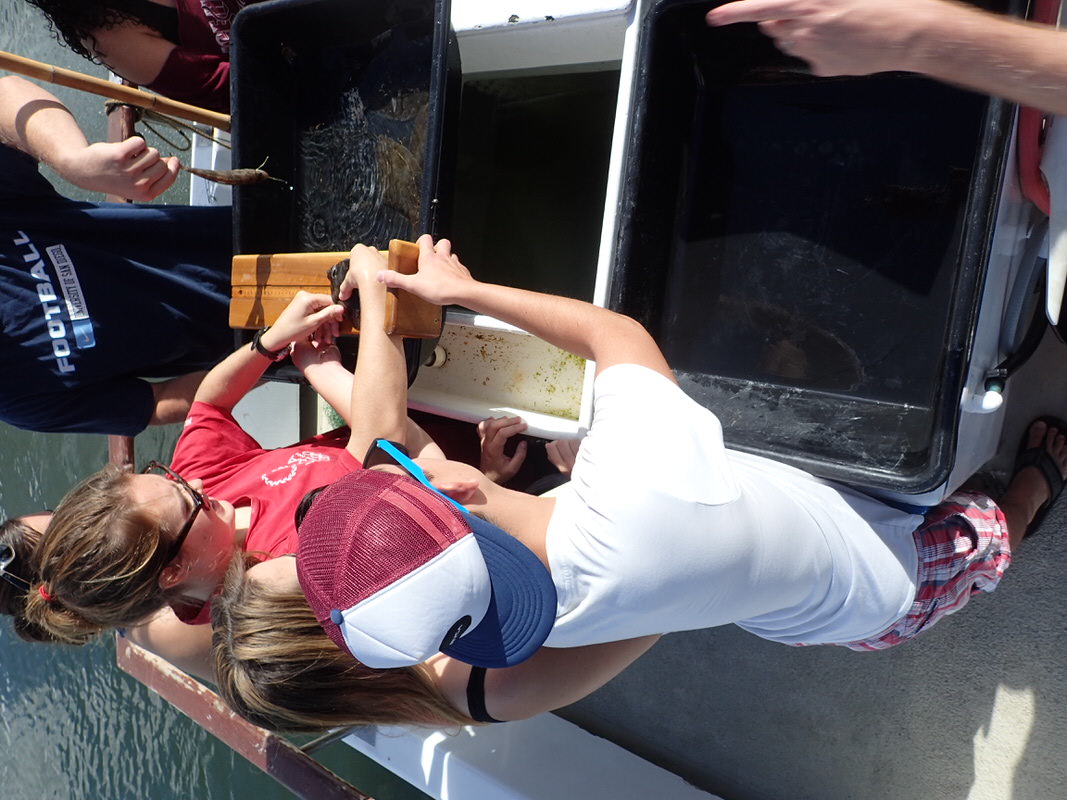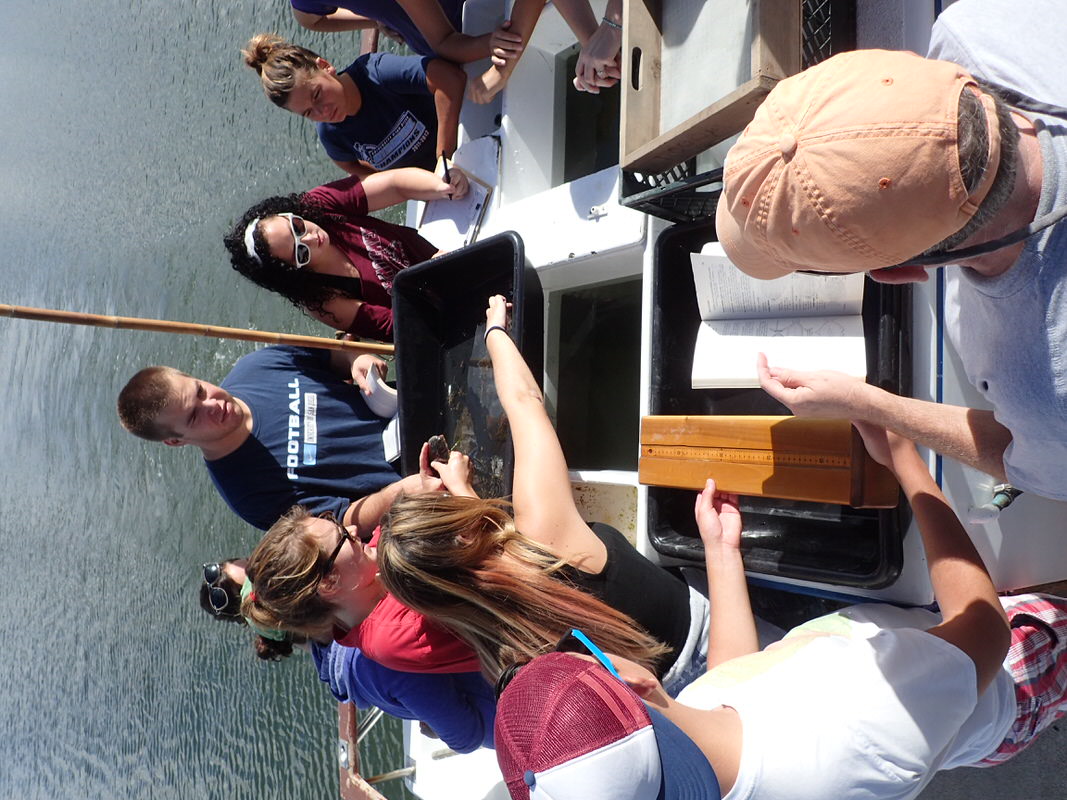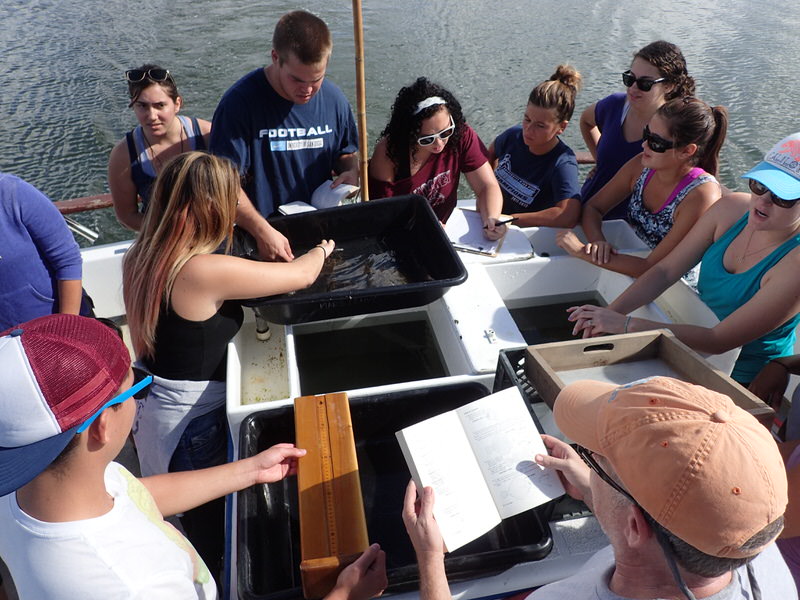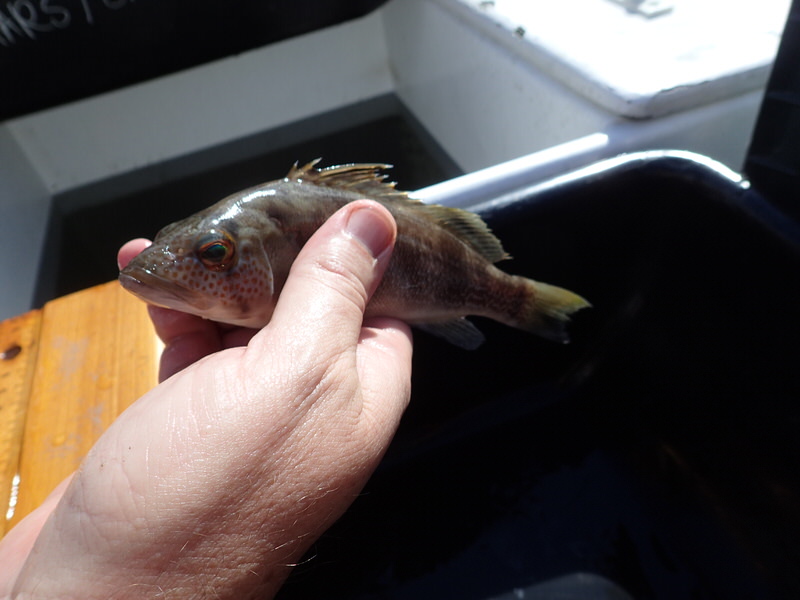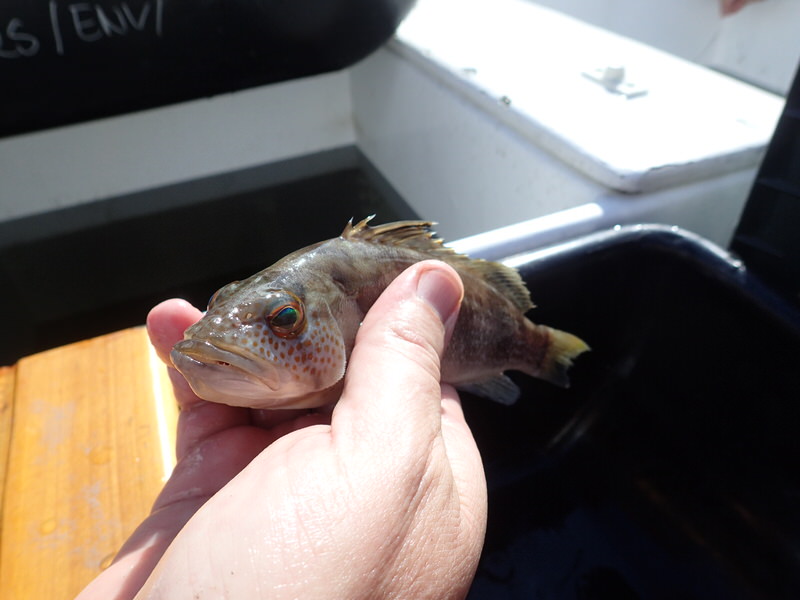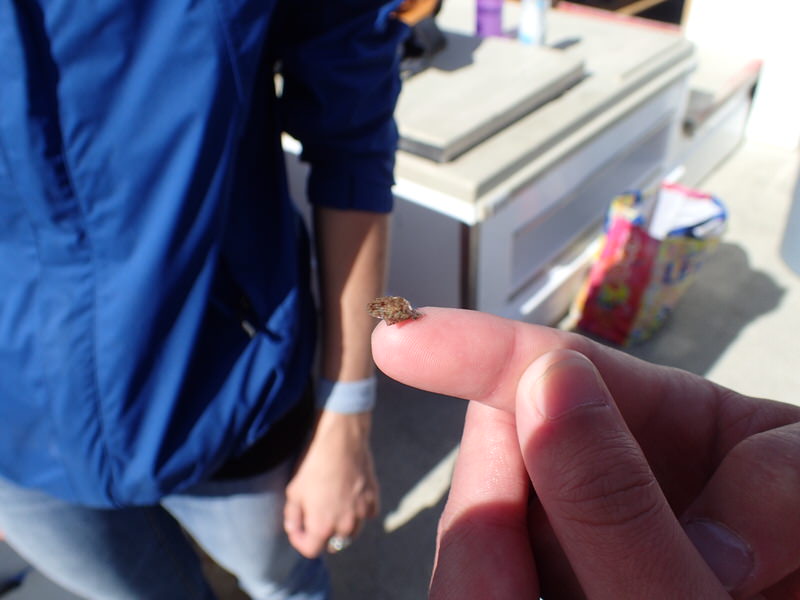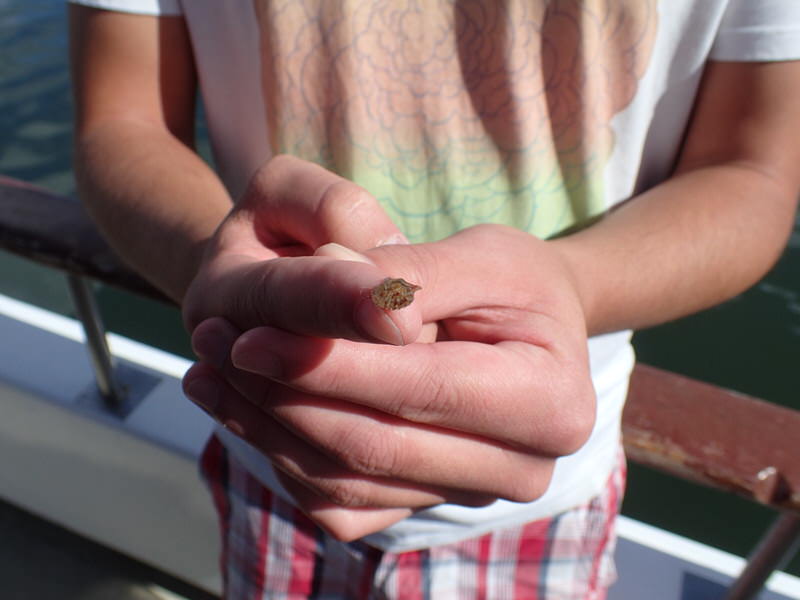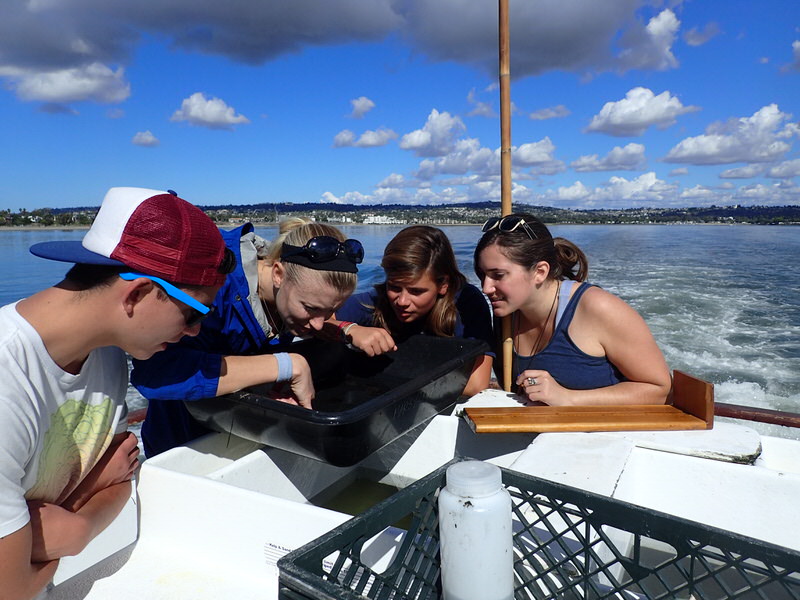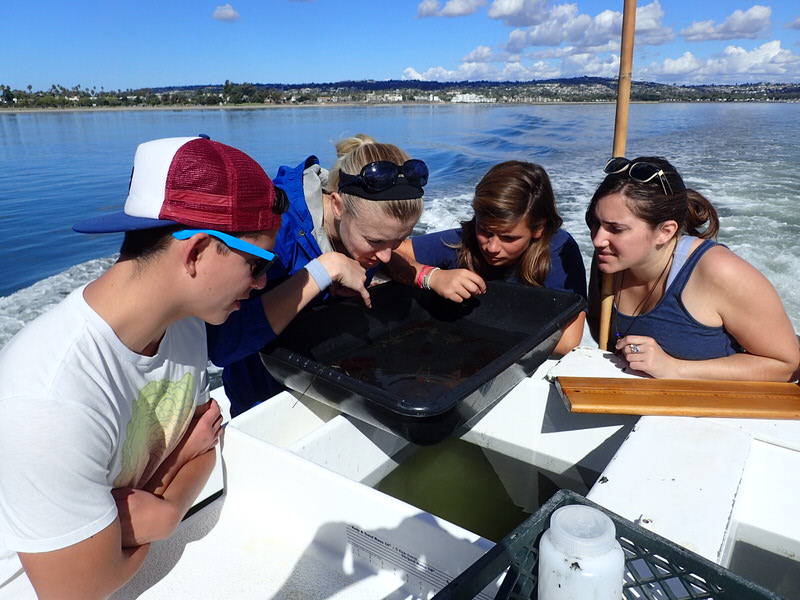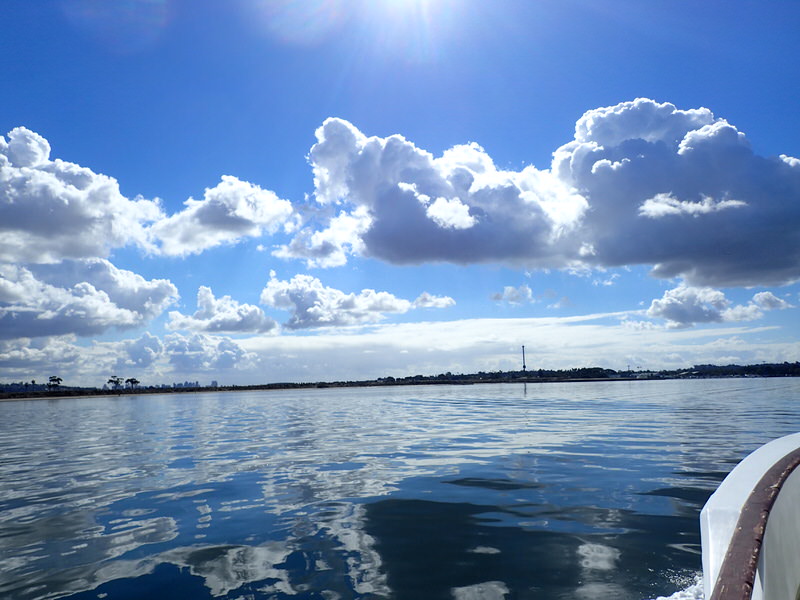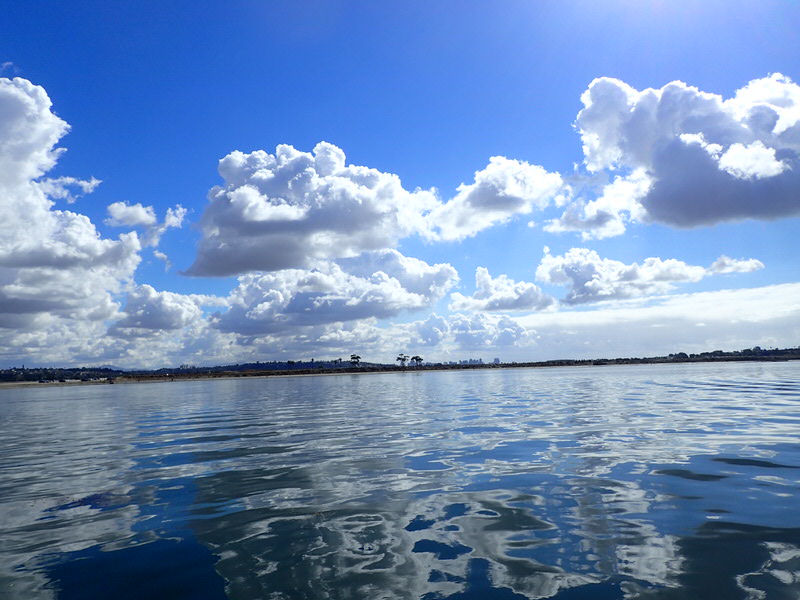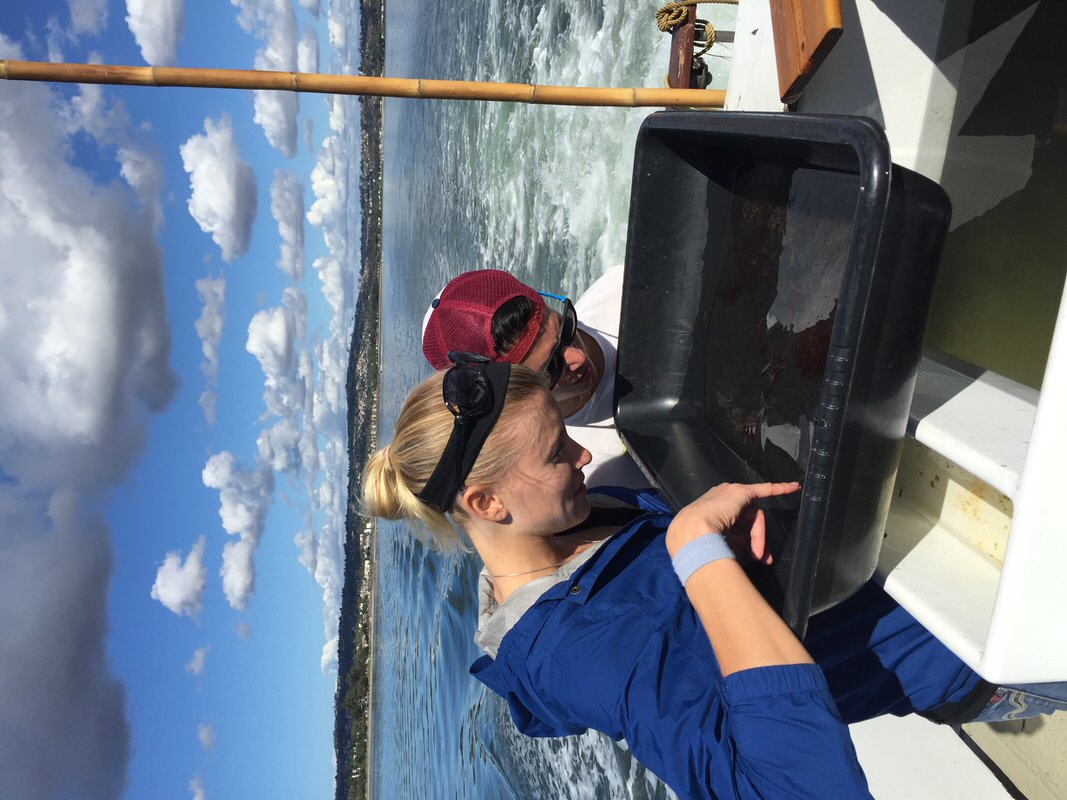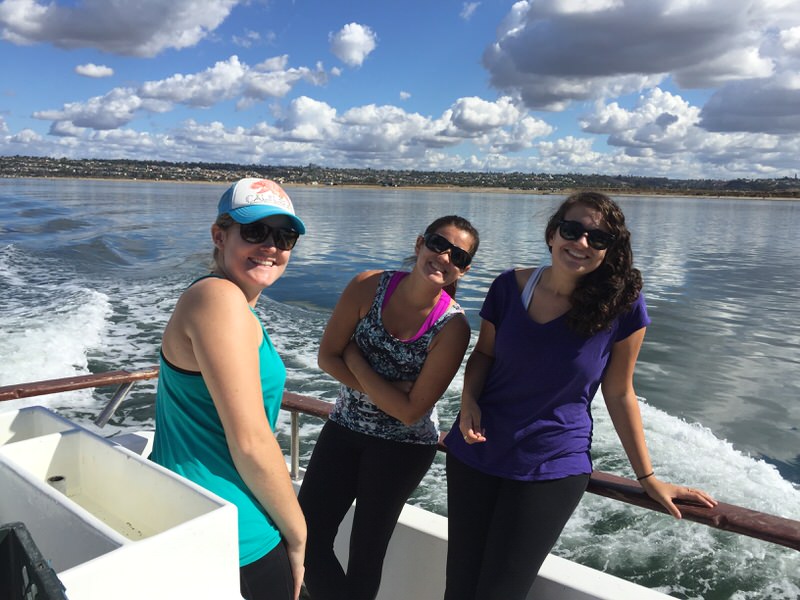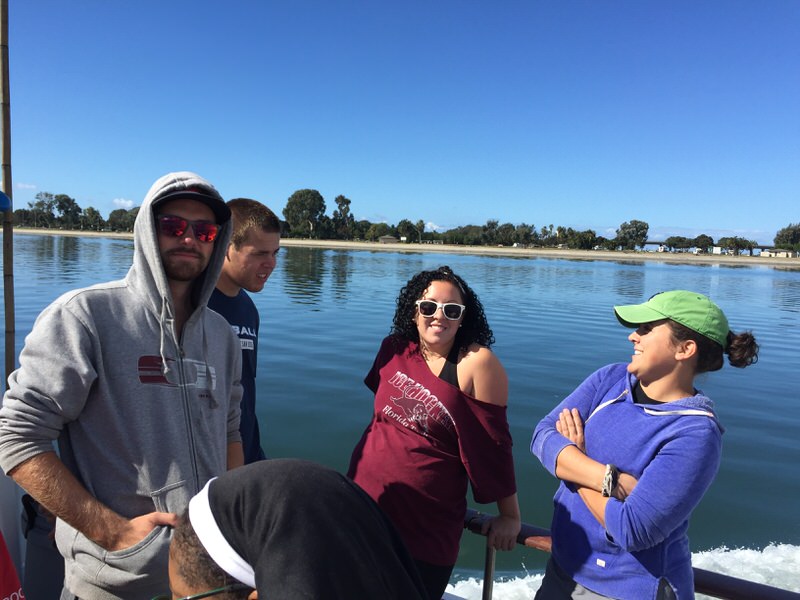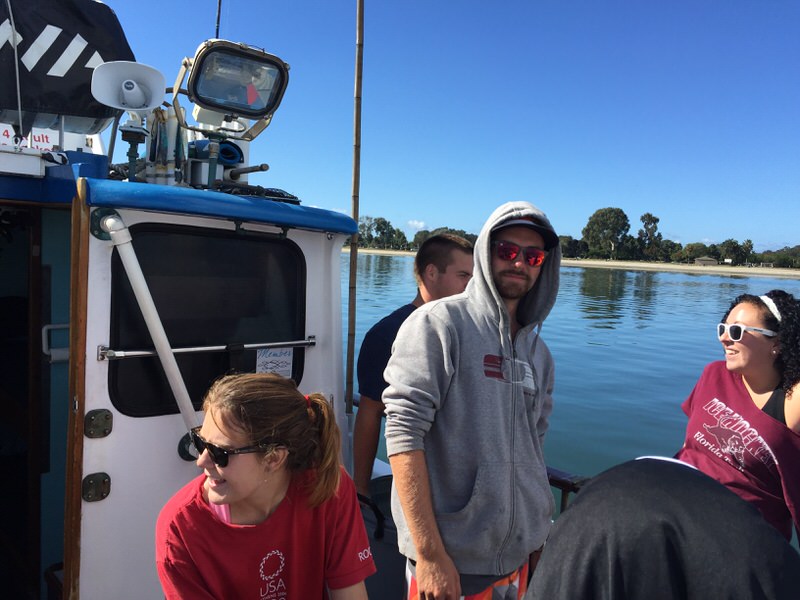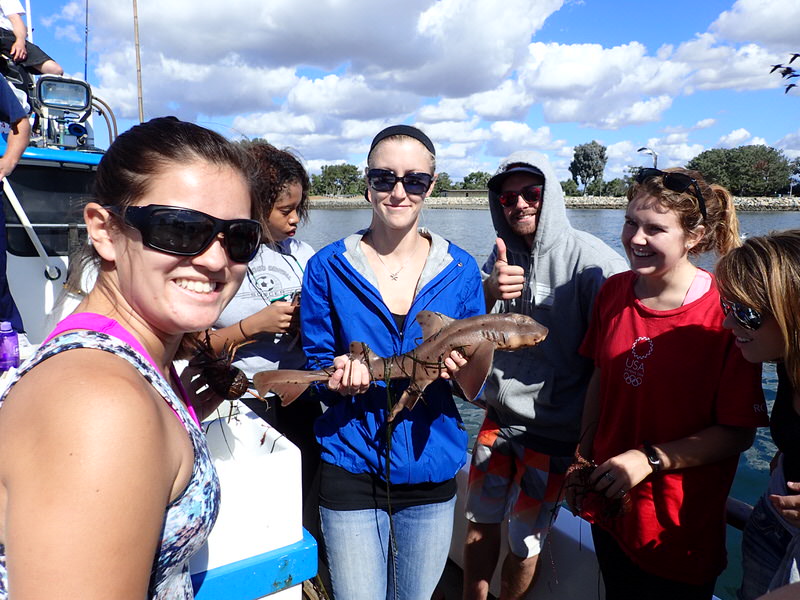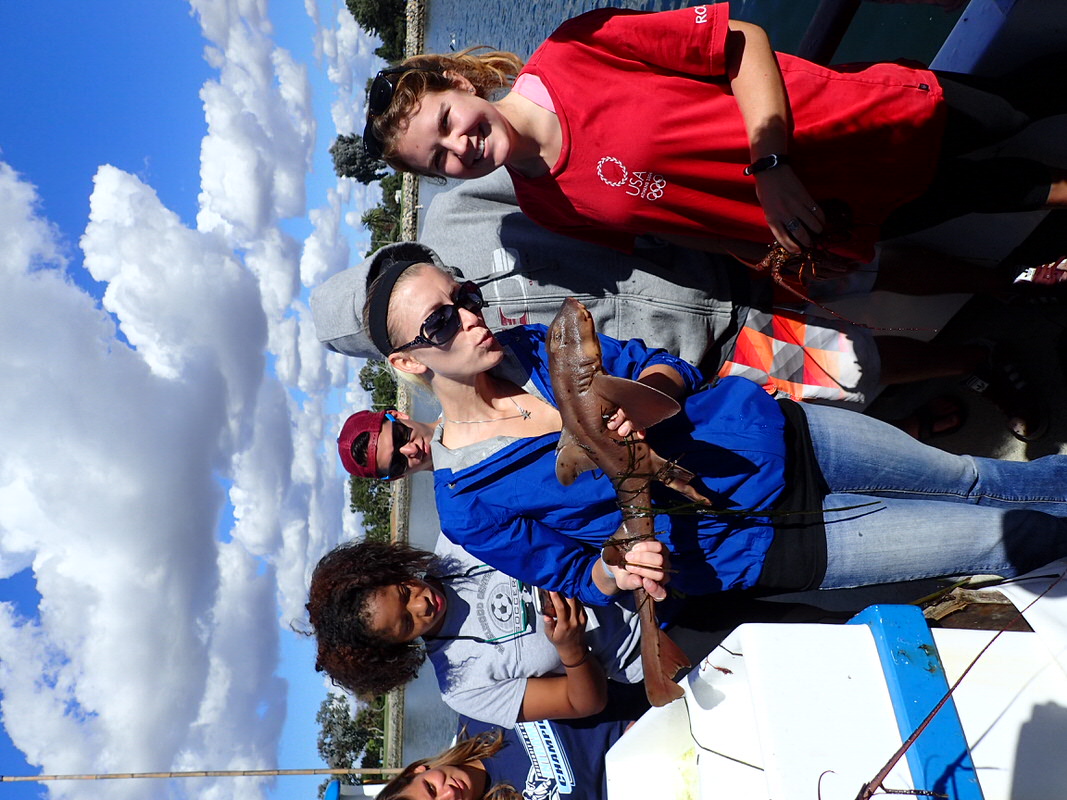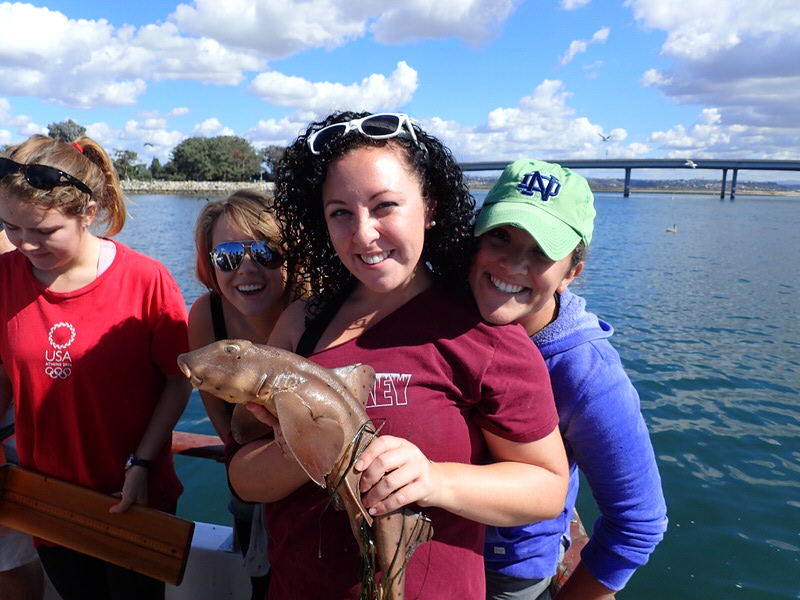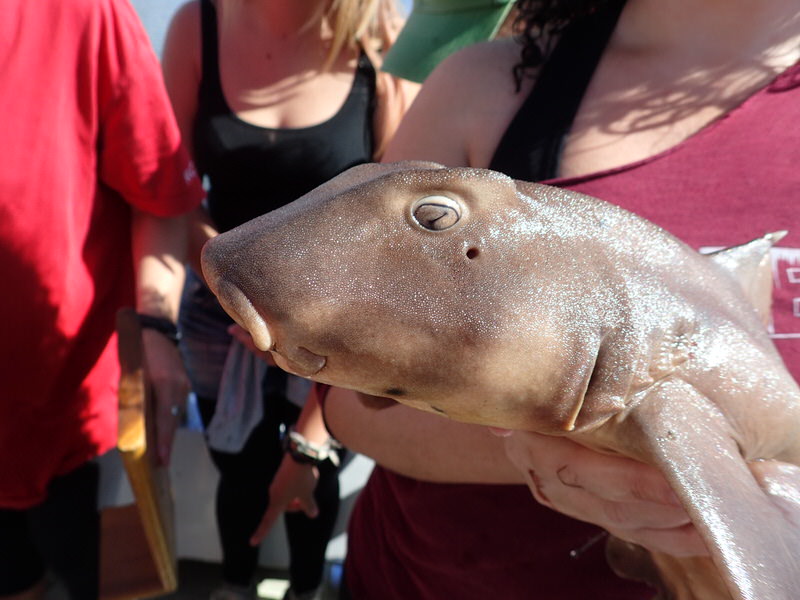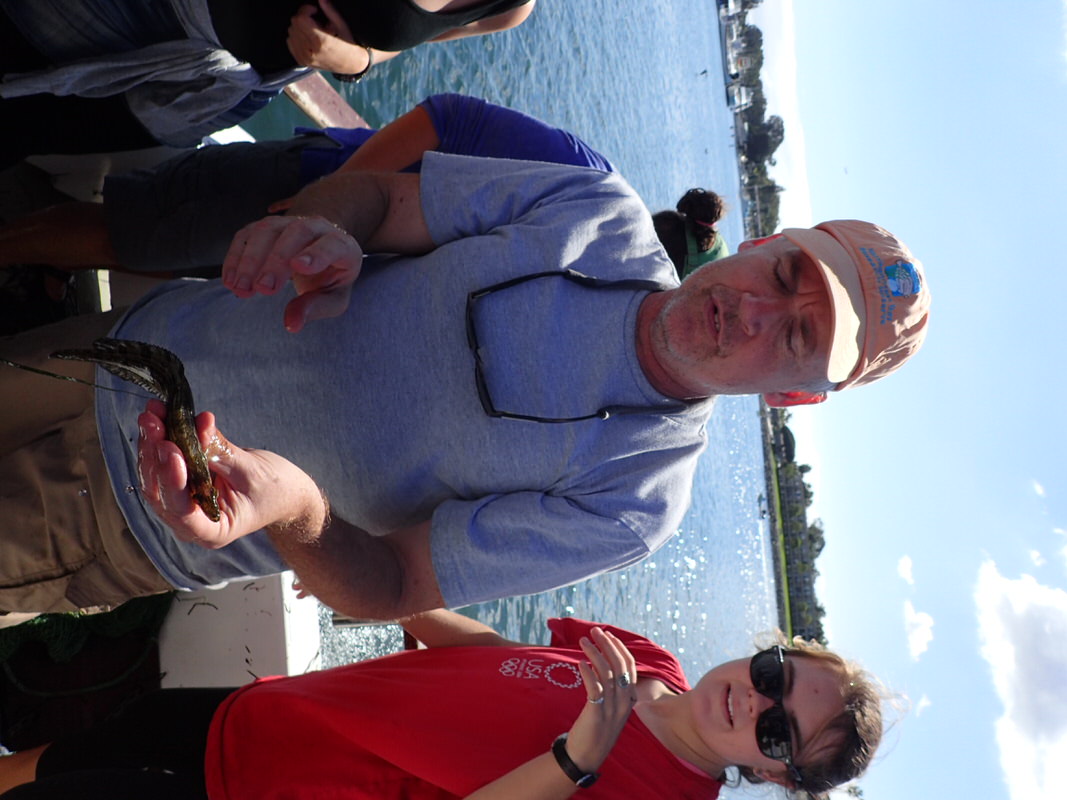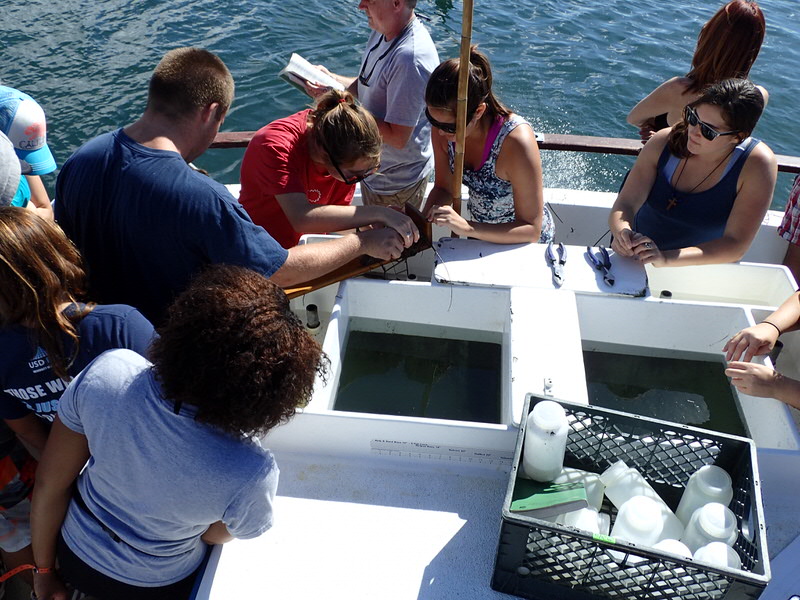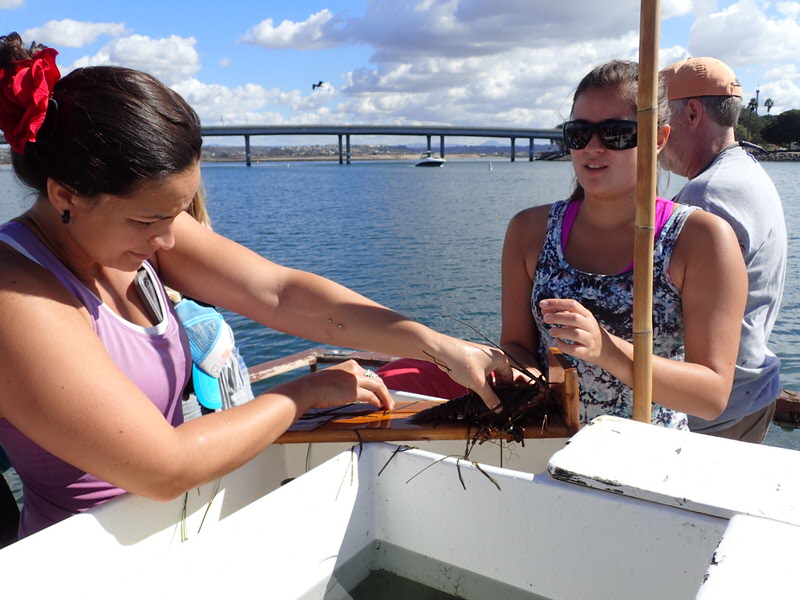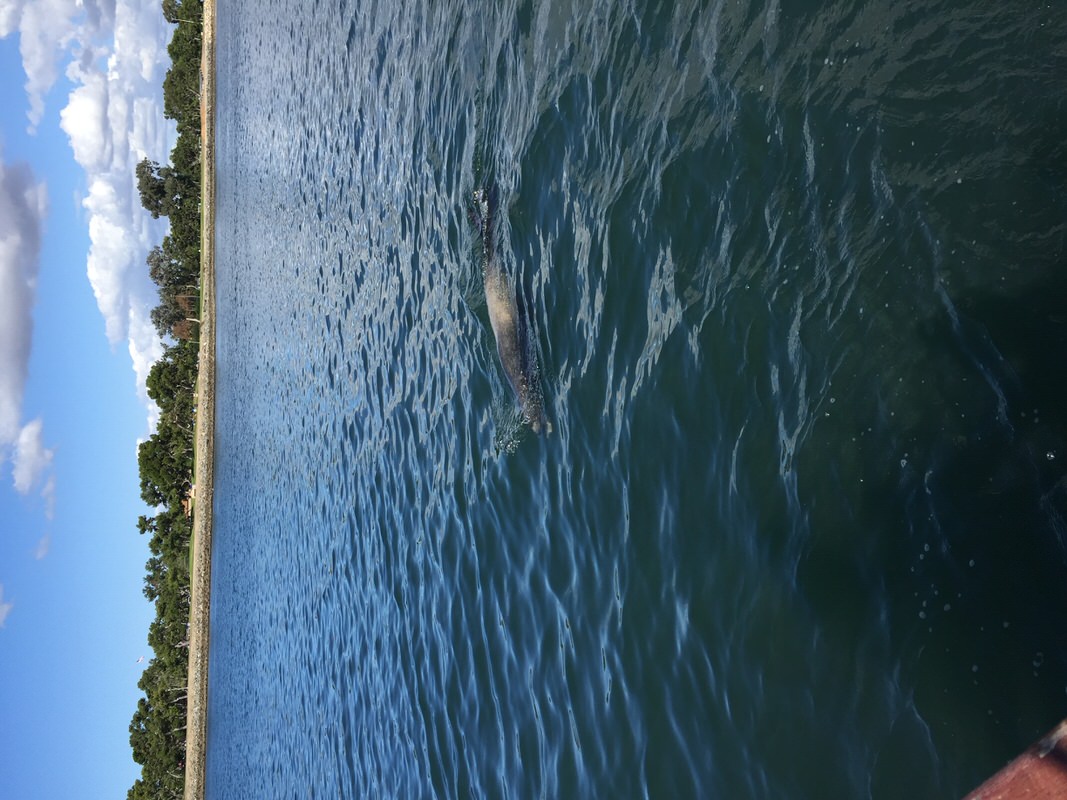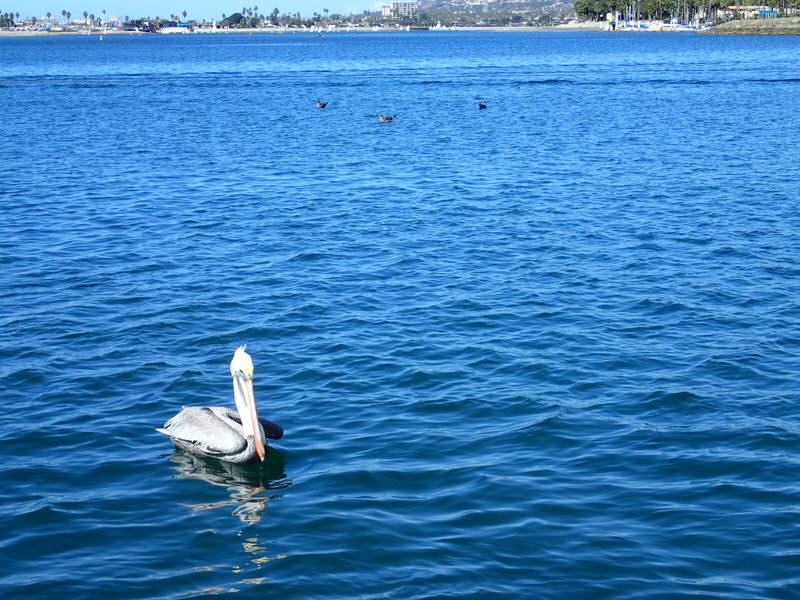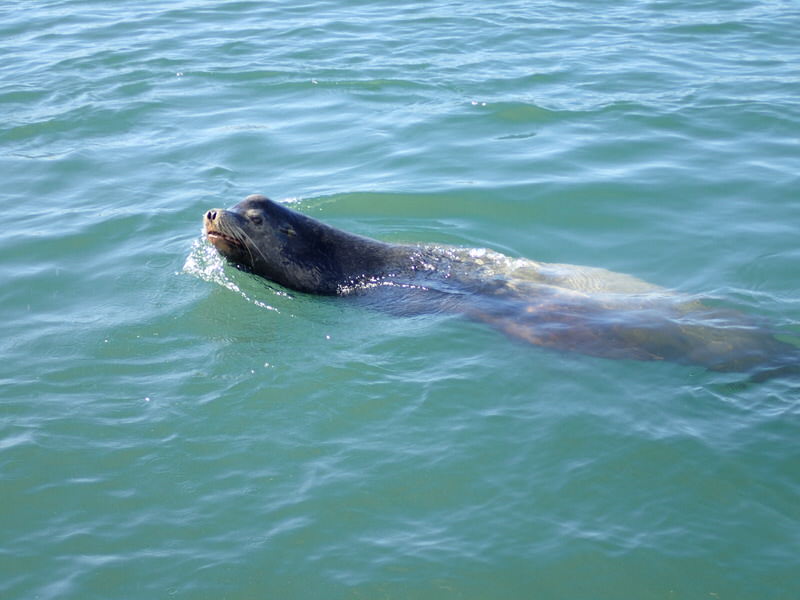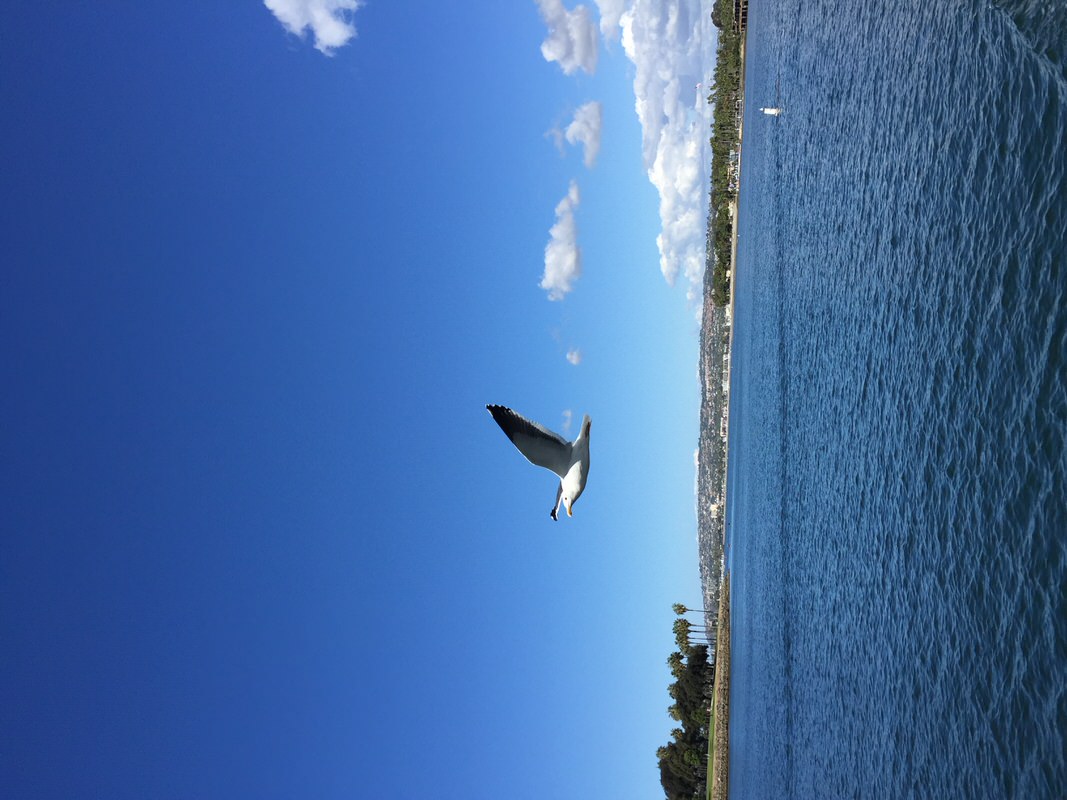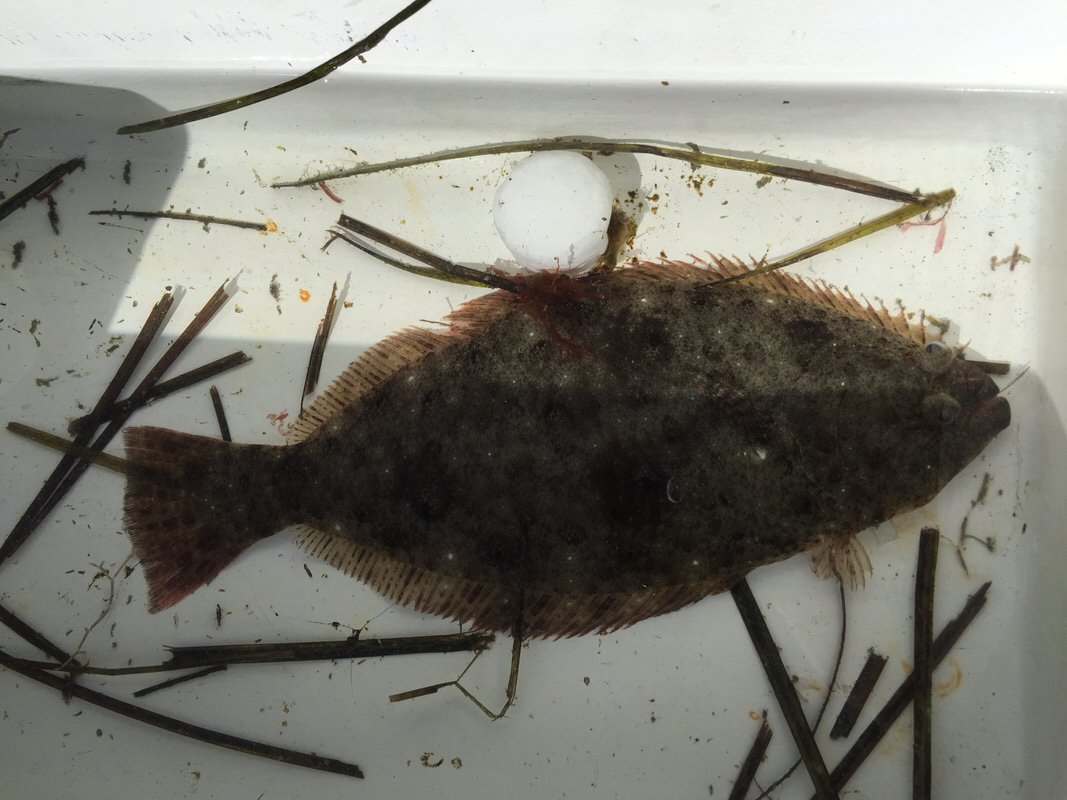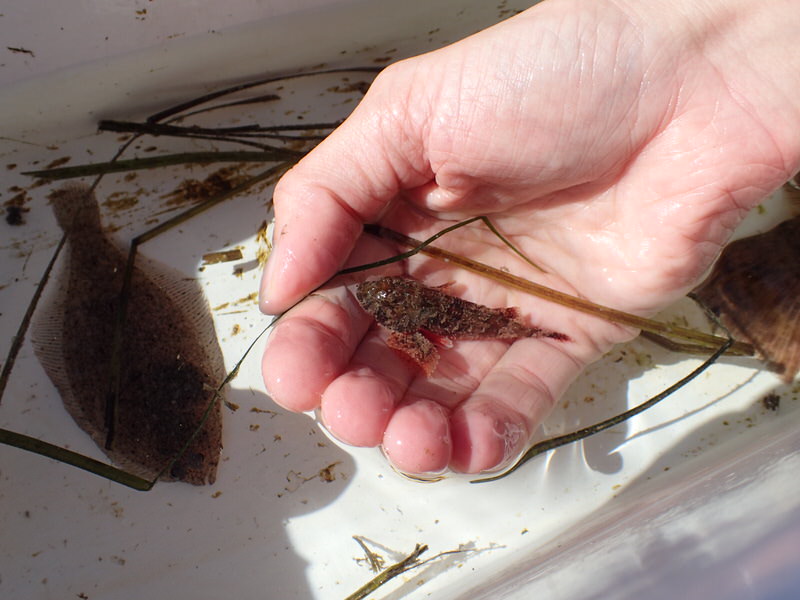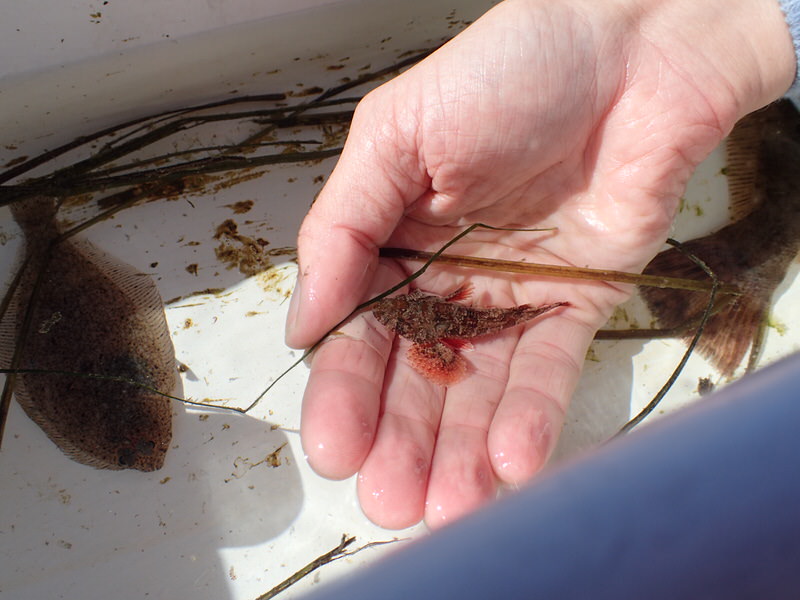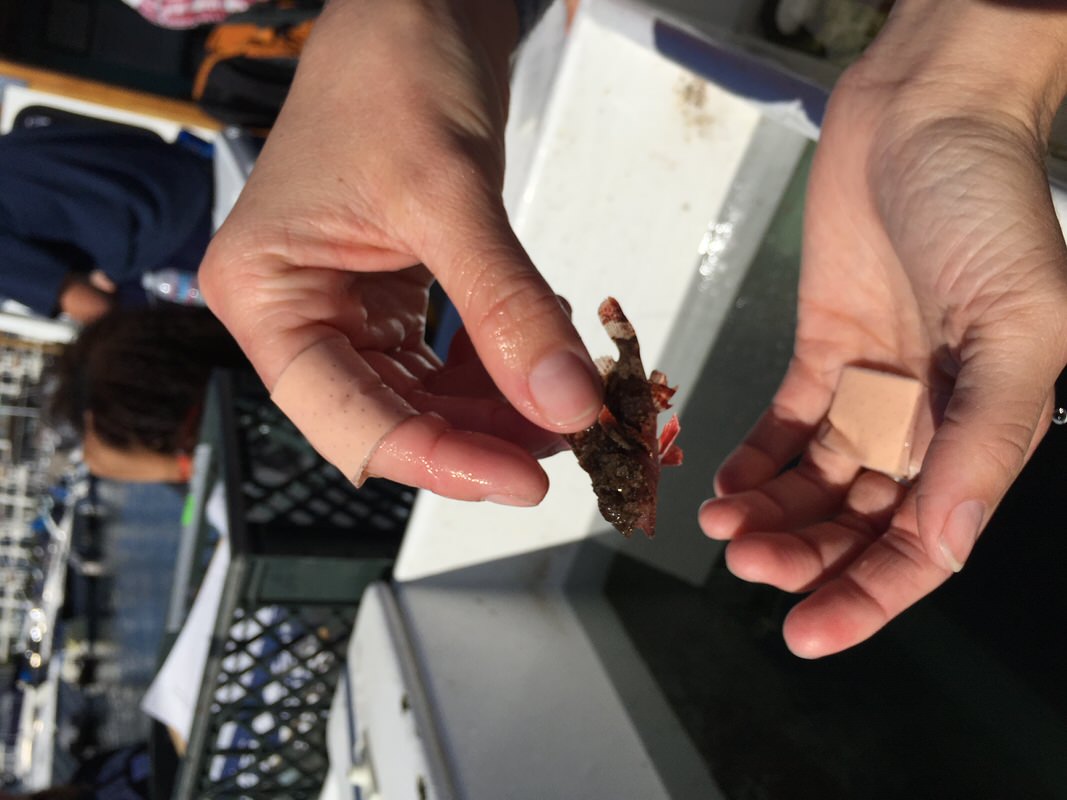This will be the first in a brief series of posts about what gear I take in the field with me for research. Obviously, things change depending on the specific fieldwork at hand, but in my years of doing wetland, rocky intertidal, and desert island ecology, some items have proven their worth broadly and repeatedly, and others clearly looked good on paper/amazon, but were either poorly made or simply inappropriate for my style of fieldwork.
It seems like a good place to start this is with my field pack itself - the Kelty Redwing 2650 (pictured below, in one of my favorite colors). Just look at that pack…it practically implores you to overstuff and abuse it. I purchased this with startup funds when I joined the faculty at USD in 2008, and have never regretted it for a moment. Let’s start with the practical features. First,it is orange, which is not only aesthetically pleasing, but shows up nicely against the palette my usual field environment offers - green/brown wetlands, sand colored deserts, blue & white pangas, and my decidedly monochromatic vehicles. So, the orange color makes it tougher to lose, and perhaps offers some advantage in emergencies by being easy to spot.
That feature is nice, but hardly distinctive… there are a number of other really useful features. The straps and the back panel are lined with mesh, which makes it lighter and cooler when hiking islands in sometimes 45C temps. It also includes a wide hip belt, similarly lined, but I confess I removed that right away, it being too bulky and not used enough to justify it.
Overall pockets and organizers are fantastic for research work. The main compartment is a roomy panel-loader (the bag holds 44L), with a back section that can be used for a laptop or a hydration pack. The smaller pocket is organized with a map pocket, places for pens/pencils, and a key hook. There is also a very small pocket on the top that is good for small items like a magnifying loop, research permit, etc.
On each side there are elongate compartments, which zip down the side and have a velcro flap closure at top. I often use these for water bottles, collecting tools, or long tubes of sunscreen. There are also two (loose) mesh water bottle holders nearby that are a little wobbly, but do have straps that you can arrange to stop bottles from falling out completely. This is one aspect I wish was a little better designed.
I rarely use the compression straps, but when making dangerous climbs, I am much more comfortable with everything cinched down tight.
Finally, the features that really make this pack work for me are the straps - a carrying handle on top, another on the back, an ice axe loop (I use for a small pickaxe for building pitfall traps), and a daisy chain so you can attach items (Spot®, for example…more on that in a later post).
This pack is still in great shape after 8 years of intensive, mostly year-round use. And I am glad, because I have not yet found a pack I would buy to replace this one, now that it is discontinued. The closest I have come is the Kelty Redwing 50, but it lacks some of the features I loved in the old 44.
If you have one you would recommend, please leave a comment!












